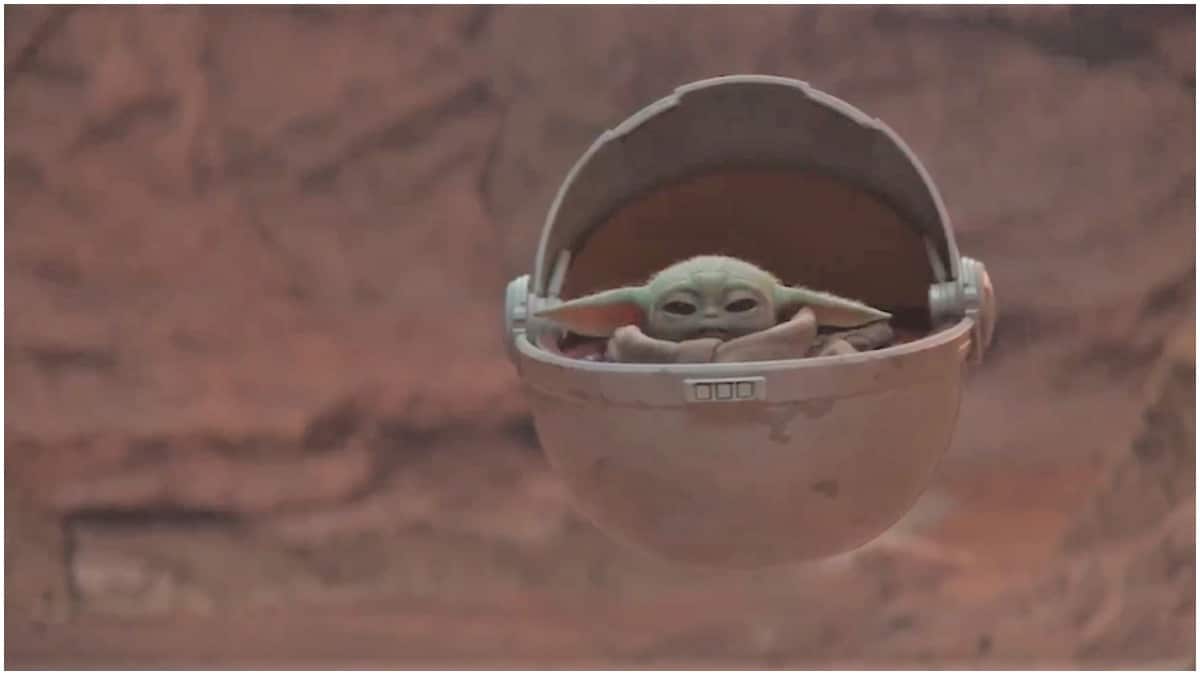
The stunning visuals and moody settings of The Mandalorian weren’t an accident.
To build the successful Disney Plus series, director Jon Favreau reveals in Disney Gallery that he turned to the source’s sources. He loaded up on the samurai movies and Westerns, which inspired George Lucas’ Star Wars, rather than attempting to copy a copy.
The influences for The Mandalorian
By wisely immersing himself in the original source material for the cultural tide-turner, Favreau avoided the original sin of the prequels and sequels, which took the inspiration for Star Wars stories from Star Wars stories.
Doing so resulted in faded themes and threadbare plot lines.
The Mandalorian was fundamentally different, despite its setting in the same universe, relying on visual cues its weary, burnt-out audience knew well.
The difference is that, as Chapter 3 director Bryce Dallas Howard notes, its main character is a “gunslinger with a samurai code.” That’s the way we quickly embrace a shiny-hemelted main character as a futuristic Clint Eastwood.
In Star Wars, Han Solo, styled as he was with a low-slung blaster and simple dress, was a hired gun but had no moral guidance; Luke Skywalker and Obi-Wan Kenobi served as ethical underpinnings but lacked panache.
In Mando, we have both.
This enduring, organic foundation supported a series with well-constructed lower floors. By the time the icing of CGI and laser blasts were added, a durable addition to the Star Wars canon was ready for a wildly successful unveiling.
Communicating the complex ideas threaded through The Mandalorian, along with classical tropes such as “the lone wolf and the cub,” all required careful planning, both in the overarching storylines and within each encapsulated episode.
Designing The Mandalorian
“Method” reveals that pencil drawings, then storyboards and virtual cinema, helped the writers and directors visualize each scene, complete with camera angles and Baby Yoda’s facial expressions.
Favreau notes that the process enabled supervisors to “fail early and cheaply.”
The foresight paid off.
This episode brings in the influences of John Knoll, Visual Effects Supervisor, and Hal Hickel, Animation Director. Their work, as well as the animation-informed eye of showrunner Dave Filoni, reveals that the care poured into the series’ preparations made postwork easier, more efficient, and on a firm footing.
Howard points out that she formerly had only seen such detailed planning in scenes with heavy practical or CGI effects.
And so, by the time we see our lone wolf extend a metal-covered finger to the tiny green hand of the cub, we’re ready to love them.
The Mandalorian is now streaming on Disney Plus. Season 2 debuts at the end of October.